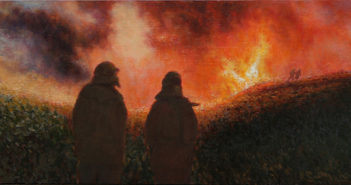
Christine Hanlon
Her painting is inspired by the Old Masters, especially their use of chiaroscuro and geometry,…

Her painting is inspired by the Old Masters, especially their use of chiaroscuro and geometry,…
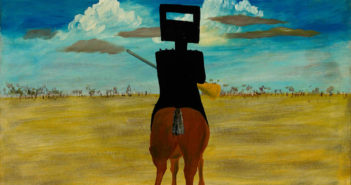
By 1880, the crimes of twenty-five year-old Australian outlaw Ned Kelly had escalated from bank robbing and distributing funds to the poor to gunfights and police killings. He and his gang of bushrangers — escaped convicts with the survival skills to hide in the outback — roamed rural Victoria, both terrorizing and inspiring settlers. At the climax of their rampage, Kelly’s myth went supernova when he made a suit of armour out of iron plough parts and wore it to what would be his last siege. Still, Ned was shot by police, captured and eventually hanged.
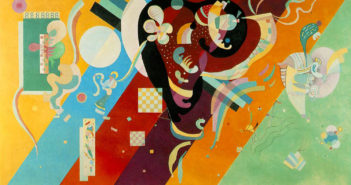
Dear Artist, Almost everyone who reads my letters will have had this experience: You’re at…

On a recent balmy evening in Melbourne, the St. Petersburg Ballet performed in a sprawling theatre affectionately known to locals as “The Shed.” We settled in for the journey to a far-off, midnight, moon-kissed lake and soon surrendered to twenty-three floating, glowing tutus in cool, white tulle. The painted set poured moonlight so convincingly — the stage shining as black as an icy pond — I could almost taste the snowflakes on my tongue. It was a winter dream.

Leading up to 2013, Dad had been working on a passion project called, “The Audio Letters.” Inspired by the knowledge that easel work goes well with listening to things, he decided to have some fun and join the ear waves. The first attempts involved my big brother Dave, a musician, composer and record producer, who set up a fancy rig with a mic and headphones in Dad’s studio, near the easel, in an area informally known as the “contemplation zone.” This would allow Dad to take passes at recording without needing to put his brush down.
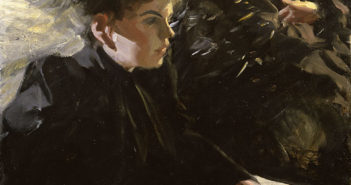
A friend who will remain nameless is a big collector. He knows the price of everything and the value of nothing. We were feet-up, scotching ourselves when I started foaming about the watercolours of John Singer Sargent. “Didn’t know he did them,” my friend announced. “He was a society painter, wasn’t he?” There was no point in continuing. Then I mentioned Anders Zorn. “Never heard of him,” he said. I tried to fill him in.
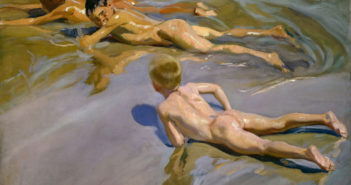
While Nature Herself has the privilege of playing with light, painters must, in humility, play with pigment. The transference is tricky and many painters don’t play around enough to get the hang of it. Here again, the relationship between photography and painting is useful.
“Bokeh” is a corruption of the Japanese word Boke, which means “blur.” Backgrounds, particularly, are often rendered out of focus. You may be familiar with what are called “circles of confusion,” those round spots of light that occur in photos. Photographers spend some effort to get “good bokeh” as opposed to “bad bokeh.”
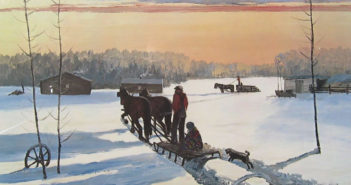
Marcao Pozza-Mendes wrote from the Colorado Rockies, “Do you have a letter that deals with canned criticism? By canned criticism I mean remarking that a painting with an element like a road or river leading to a corner of the canvas always leads the eye out of the picture; there is never a way to make that work; there is never a way to break the ‘rules’ and end with a successful painting. Sometimes the canned criticism is proffered unsolicited, which makes it additionally annoying. We artists are trained not to do certain things in a painting, but there are cases where we CAN break the rules.
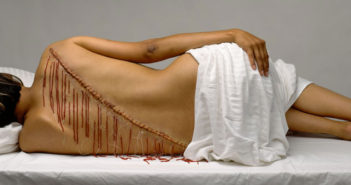
We all work in some sort of genre. We paint abstracts, landscapes, florals, or still lifes, for example. Generally speaking, we try to be innovative and give our work a unique spin or style. Perhaps pathetically, many of us venture into the world looking for things to inflict our style on.
We artists need to realize we’re taking part in something much more automatic, something much more anthropological. We’re repeating the artifacts of our cultures.
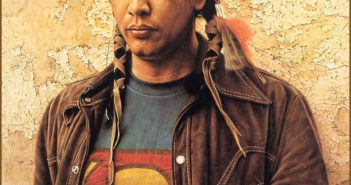
As part of the visitor’s tour of the U.S. Capitol building in Washington, D.C., you can look at the recently restored, nearly 200-year-old Capitol Rotunda — a massive, domed, circular room that marks the geographic center of the city and where eminent citizens lie in state and important works of art are dedicated. Constantino Brumidi’s The Apotheosis of Washington is painted 180 feet up on the 4,664 square-foot rotunda canopy. The neoclassical fresco shows George Washington majestically ascending to a godly rank, surrounded by Liberty, Victory/Fame, 13 maidens representing the original states and six groups of figures embodying the arts and sciences.